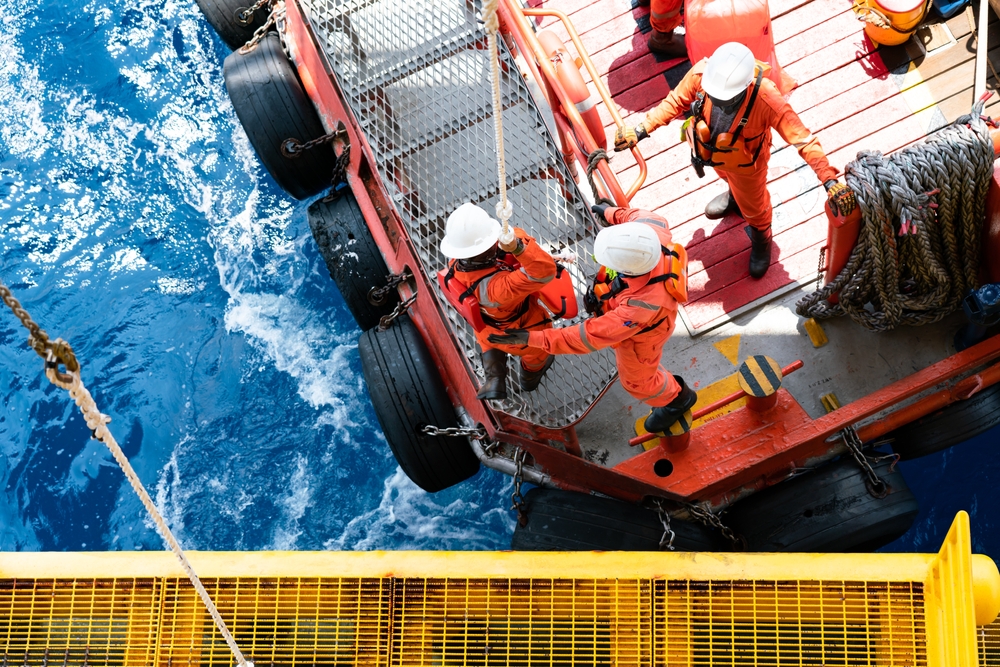Yesterday, Meta announced plans to build a 50,000km (31,000 mile) sub-sea cable across the world.
The tech giant said Project Waterworth – connecting the US, India, South Africa, Brazil and other regions – will be the world’s longest underwater cable project when completed (longer than the Earth’s circumference).
Meta, which owns Facebook, Instagram and WhatsApp, has sought to extend its presence in technology beyond social media, including in artificial intelligence (AI) and the infrastructure that supports it.
It said its new cable project would provide “industry-leading connectivity” to five major continents and help support its AI projects.
“This project will enable greater economic co-operation, facilitate digital inclusion, and open opportunities for technological development in these regions,” Meta said in a blog post, external.
The cable would be the longest to date that uses a 24 fibre-pair system, giving it a higher capacity, according to the firm.
Sub-sea cables have become increasingly important as they provide the means to power a variety of digital services and transfer data worldwide at speed.
One regularly-cited statistic suggests more than 95% of the world’s internet traffic is transferred through undersea cables.
Telecommunications market research firm TeleGeography says there are currently more than 600 publicly-known sub-sea cable systems worldwide.
This includes the 2Africa cable, backed by Meta and mobile network operators such as Orange, Vodafone and China Mobile, which links three continents and spans 45,000km.
In contrast to the past, where underwater cables were laid and financed by large groups of national telecoms firms, due to their considerable investment needs.
This reflects the growing size and position of big tech firms to be able to fund such infrastructure independently – something that may be significant to policy makers concerned with concentration in digital markets.
